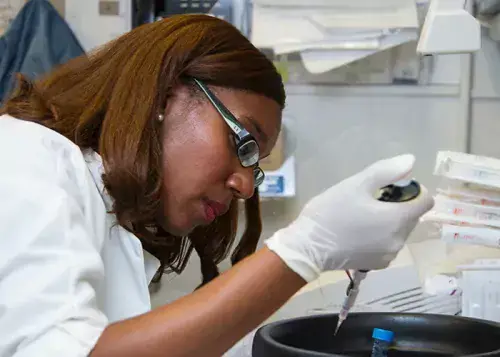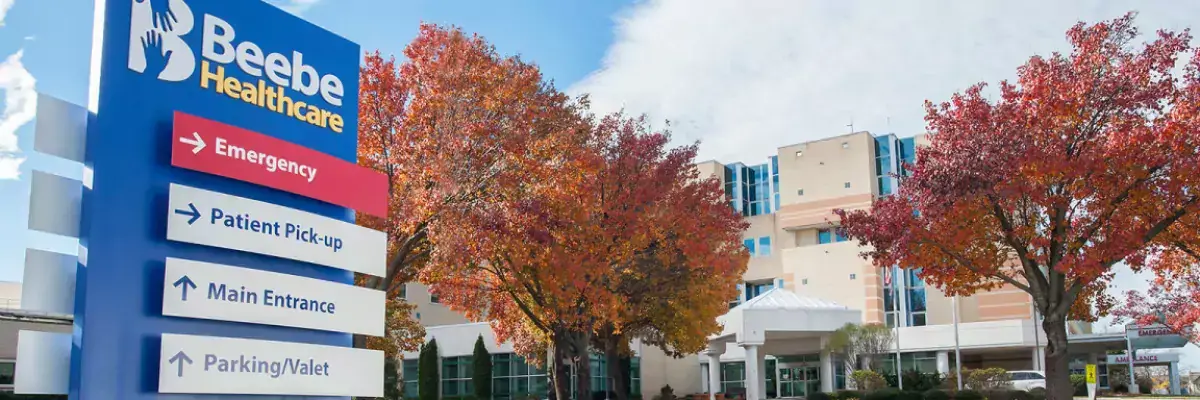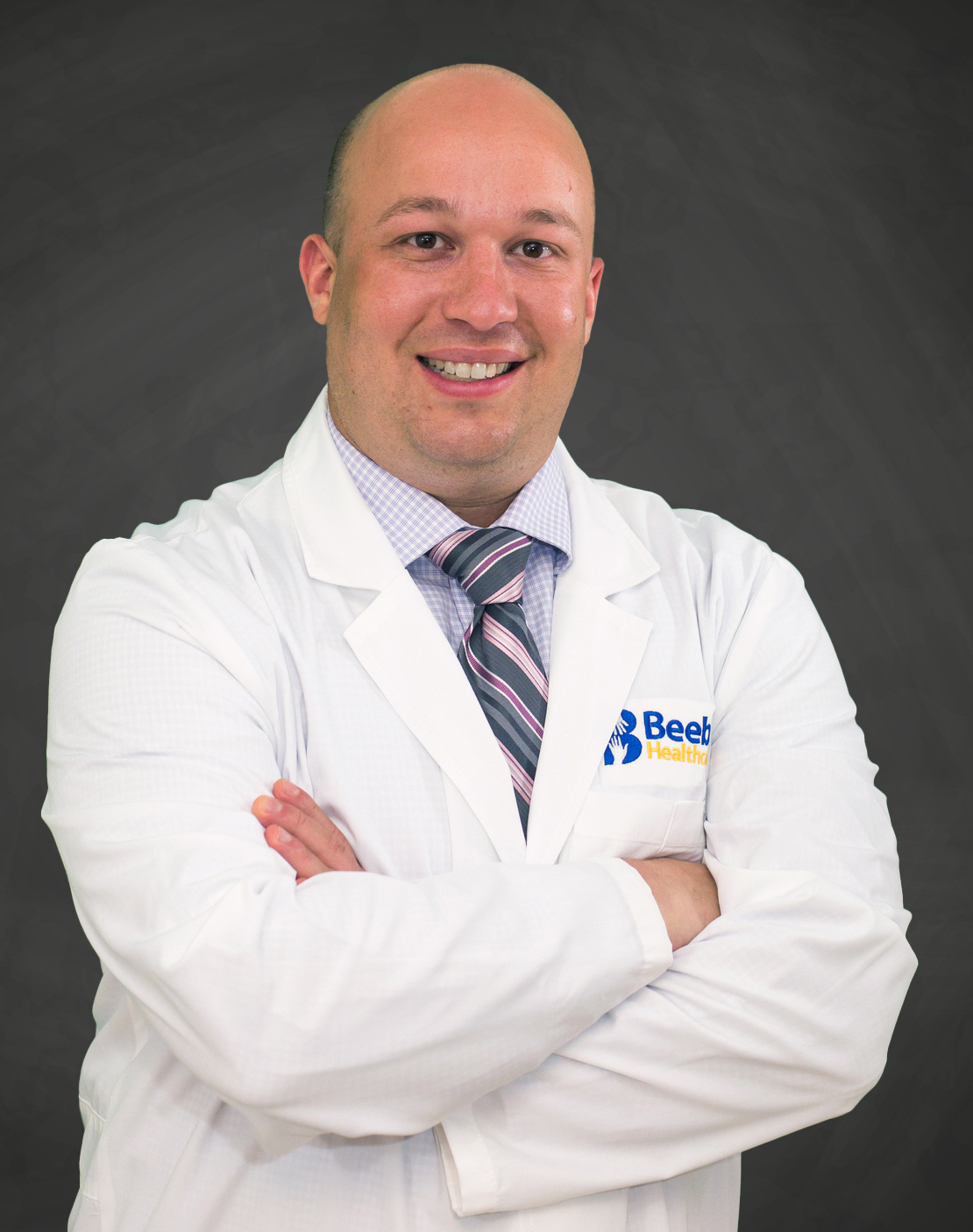How is breast cancer treated?

Once you have been diagnosed with breast cancer, your breast surgeon and your entire oncology care team will discuss your personalized treatment plan.
In most cases, there is a nationwide standardized plan of care depending on your type and stage of cancer. Your care team will go over this with you and will be able to answer any questions you or your loved ones may have.
Treatment generally starts within a few weeks after the diagnosis.
What can I expect during treatment?
The type of treatment recommended will depend on your specific cancer, your medical history, your family history, and the stage of your cancer.
Your physician will consider your age and general health as well as your feelings about the treatment options.
Breast cancer treatments are local or systemic. Breast surgery and radiation therapy are considered local treatments because they are used to remove, destroy, or control the cancer cells in a specific area.
Chemotherapy or hormone therapy are systemic treatments, which are used to destroy or control cancer cells all over the body.
Patients may have just one form of treatment or a combination, depending on the individual diagnosis.
What can I expect with breast surgery?
In many cases, patients do not have to have their entire breast removed.
Breast conservation surgery involves removing the cancerous portion of the breast and an area of normal tissue surrounding the cancer, while striving to preserve the normal appearance of the breast. This procedure has often been called a lumpectomy, also referred to as a partial mastectomy.
Typically, some of the lymph nodes, either in the breast and/or under the arm are also removed for evaluation.
Following surgery, radiation therapy may then be used to treat the remaining breast tissue. Most women who have a small, early-stage tumor are excellent candidates for this approach.
If your care team recommends breast removal, this option is called a mastectomy. The mastectomy procedures performed today are not the same as the older, radical mastectomies. Radical mastectomies were extensive procedures that involved removing the breast tissue, skin, and chest-wall muscles.
Today, mastectomy procedures do not ordinarily remove muscles and, for many women, mastectomies are accompanied by either immediate or delayed breast reconstruction.
What happens after surgery?
Following your surgery, your care team will continue to meet with you and will want to determine if there is a chance that the cancer will re-occur outside the original locatino.
Your entire oncology team is with you on this journey. You will be involved in discussions about next steps and whether that includes radiation treatment, cancer-fighting medicines such as tamoxifen or anastrozole (ARIMIDEX®), or possibly chemotherapy.



